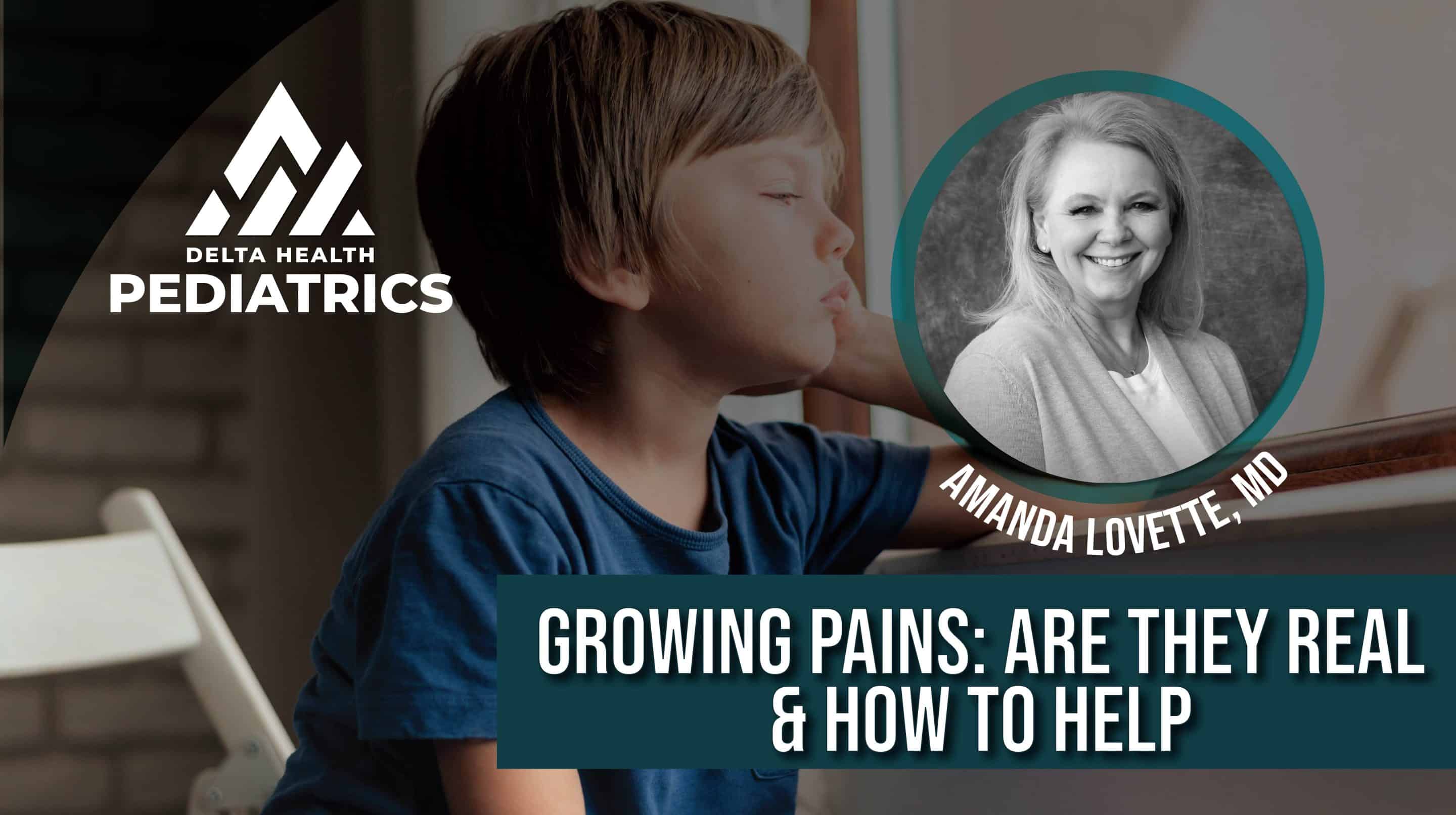Your child will often have an ache here or a pain there, and many times you know the reason for the pains, but sometimes they seem vague, and they don’t seem to have a cause. Many people label these pains, especially if they are in the legs, as growing pains. But are these real?
As a medical student, I was told they are not. However, with many years of experience, and with new literature about these pains, they are now generally considered to be real and genuinely experienced by children. But what are they?
These pains are described as throbbing or deep cramping in the legs, anywhere between the front of the thighs to behind the knees and through the calves. Usually, both legs hurt. Sometimes your child might even experience a headache or stomachache with the growing pains.
Growing pains are benign. They may be painful, but they aren’t harmful to your child. Doctors don’t really know what causes growing pains, because they aren’t always associated with periods of growth, so this really isn’t a good name for them. They seem to be more present in preschool through 12-year-old children and may be slightly more common in girls than in boys. Some studies suggest these pains might be associated with restless leg diagnosis as the child ages, but the most likely reason for growing pains is from overuse of the legs during the day. Overuse might be caused by a lot of running or climbing or jumping – I frequently see kids with growing pains the day after a school field day!
It seems that children with hypermobile joints or flat feet are more likely to suffer from growing pains. And a study found that children with growing pains may have lower vitamin D levels, so start giving your child a vitamin D vitamin daily.
These pains will usually come in the late afternoon or evening, and they can last through the night. In most cases, they are gone by morning and your child’s legs feel fine.
There are some red flags that may give your child’s doctor or healthcare provider clues that there is more going on than growing pains. He or she may wish to do a further workup if your child experiences:
- Pain on just one side or just one area of the leg consistently
- Severe pain
- Weight loss or excessive bruising
- Pain associated with fever, bruising, trauma, or redness of the painful area
- Limping
- Dark-colored urine
- Swelling that doesn’t get better or gets worse after 24 hours.
What can you do to help your child with his growing pains? Many children state that massage of the affected area of the leg really helps – who doesn’t love for mom to give them a massage, right? Gentle stretching can also help, and heat to the area with a heating pad will help. Ibuprofen can help as well. If your child has hypermobility then physical therapy may help, and if he has flat feet then shoe inserts may improve his pain. And as always, a physical exercise routine will keep him conditioned and reduce the risk of growing pains.
Be assured that growing pains are not dangerous and that your child will eventually outgrow them.
For more information, make sure to join the Healthy Kids Western Slope Facebook Group, or go online to deltahealthco.org/delta-health-pediatrics/. You can also call 970.546.4000 to make an appointment at Delta Health Pediatrics.


